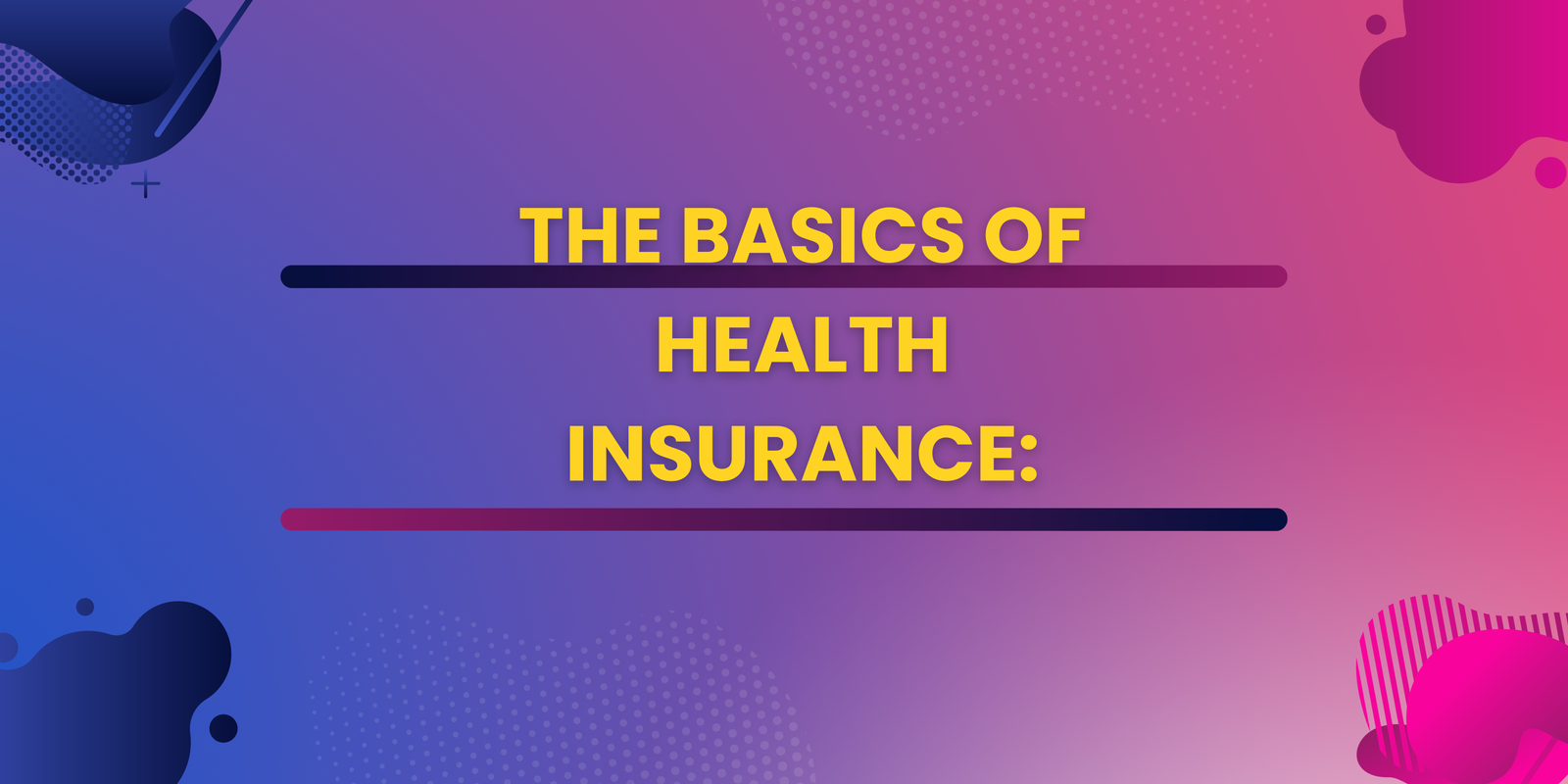Health insurance is a critical component of your overall financial and personal well-being. It provides financial protection and access to essential medical services when you need them. In this article, we’ll explore the basics of health insurance, helping you understand its importance and key elements.

What is Health Insurance?
Health insurance is a contract between you and an insurance company. In exchange for regular payments, known as premiums, the insurer agrees to cover a portion of your medical expenses. The extent of coverage depends on the specific health insurance plan you choose.
The Importance of Health Insurance
- Financial Protection: Health insurance protects you from the potentially enormous costs of medical care. Even routine check-ups and minor procedures can add up quickly, and major medical events can lead to significant expenses.
- Access to Care: With health insurance, you can access a network of healthcare providers, specialists, and hospitals. This ensures that you receive quality care when you need it.
- Preventive Care: Many health insurance plans cover preventive services, encouraging regular check-ups and early intervention, which can ultimately improve your health and reduce long-term costs.
- Legal Requirement: In many countries, health insurance is mandatory. Failing to have health insurance can lead to penalties or exclusion from certain services.
Types of Health Insurance
There are various types of health insurance plans, including:
- Health Maintenance Organization (HMO): HMO plans require you to select a primary care physician and get referrals to see specialists. They typically have lower premiums but limited flexibility in choosing healthcare providers.
- Preferred Provider Organization (PPO): PPO plans offer more flexibility in choosing healthcare providers, but premiums tend to be higher. You don’t need referrals to see specialists.
- Exclusive Provider Organization (EPO): EPO plans have a network of preferred providers, and coverage is limited outside that network. They often have lower premiums.
- Point of Service (POS): POS plans combine elements of HMO and PPO plans. You choose a primary care physician but can see out-of-network specialists with referrals.
- High Deductible Health Plan (HDHP): HDHPs have lower premiums but higher deductibles. They’re often paired with Health Savings Accounts (HSAs) for tax advantages.
Key Terms in Health Insurance
Understanding health insurance involves knowing common terms like:
- Premium: The regular payment you make to the insurance company.
- Deductible: The amount you pay out of pocket for medical expenses before the insurance kicks in.
- Co-Pay: A fixed amount you pay for certain services, like doctor visits.
- Co-Insurance: The percentage of medical expenses you pay after meeting your deductible.
- Out-of-Pocket Maximum: The most you’ll pay in a year for covered medical services.
Choosing the Right Health Insurance Plan
Selecting the right health insurance plan is a personal decision that depends on your needs and circumstances. Consider factors like your health, budget, preferred doctors, and any chronic conditions. It’s crucial to compare different plans to find one that aligns with your requirements.
In conclusion, health insurance is a fundamental part of managing your health and finances. It provides financial protection, access to quality care, and peace of mind. By understanding the basics of health insurance, you can make informed choices that ensure you and your family are covered when you need it most.
